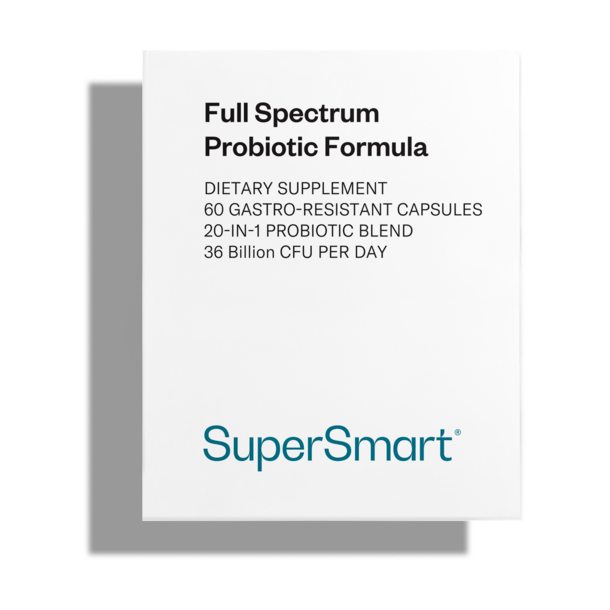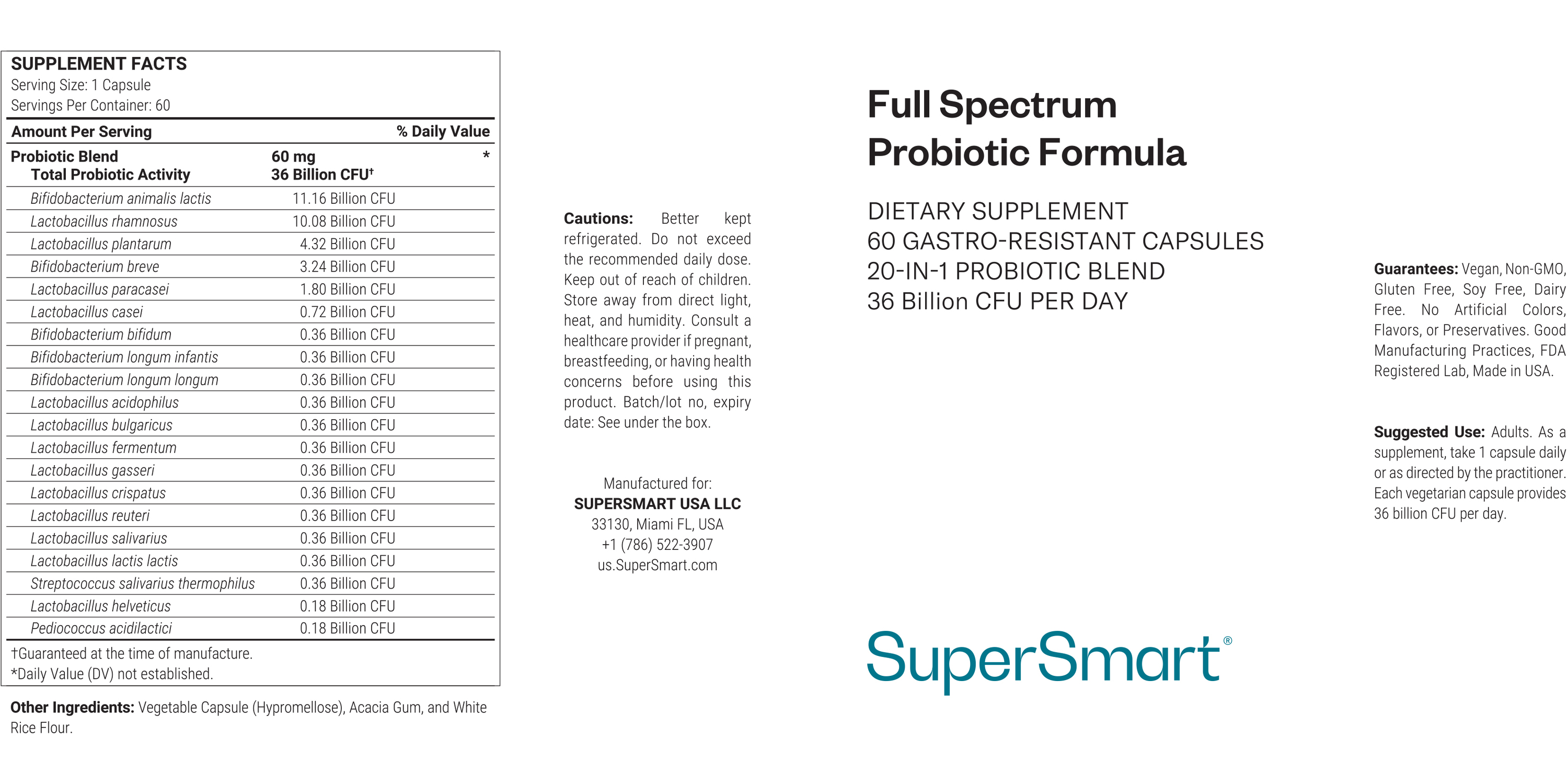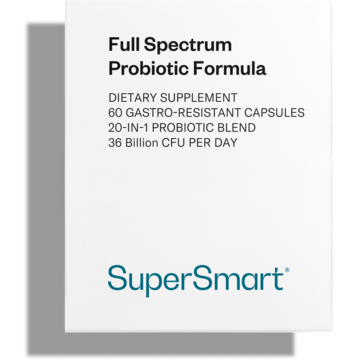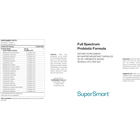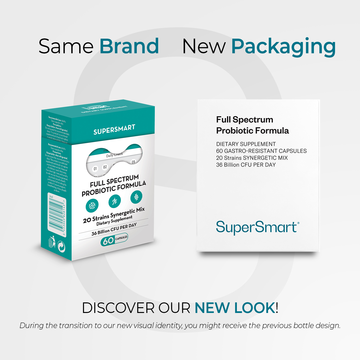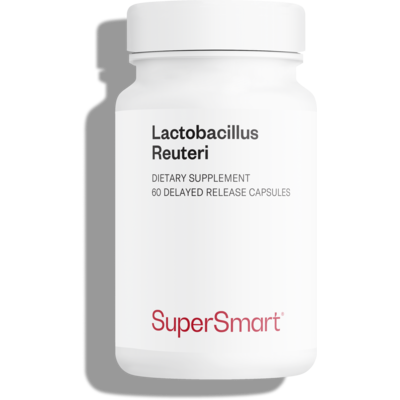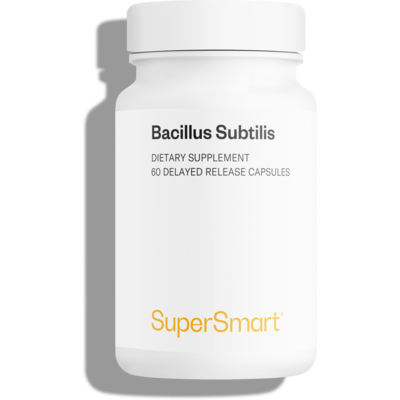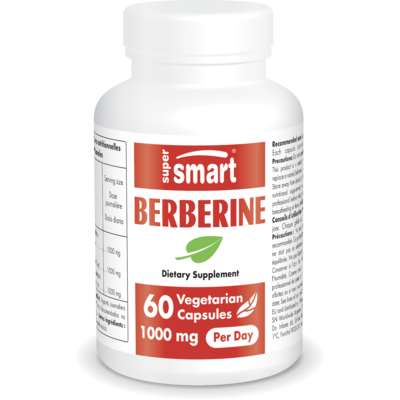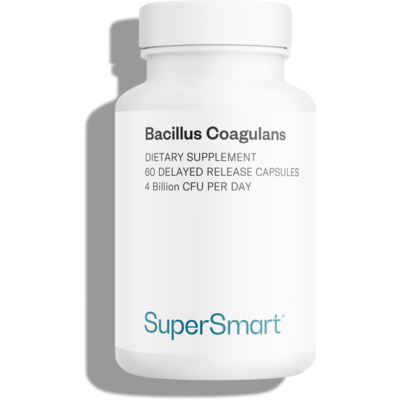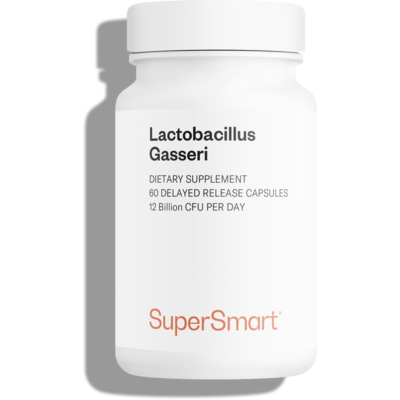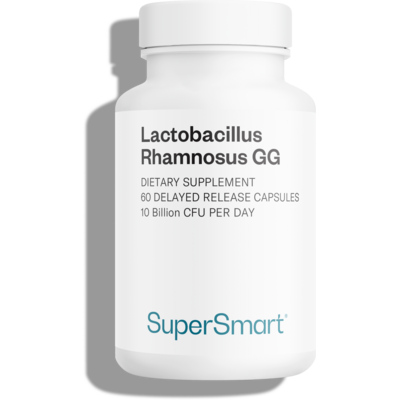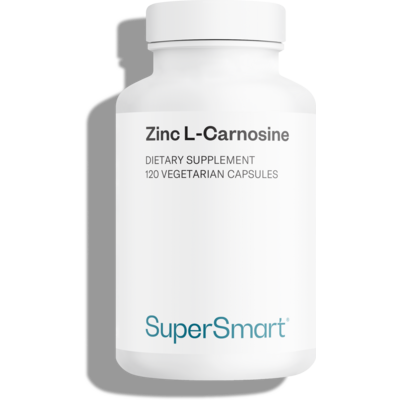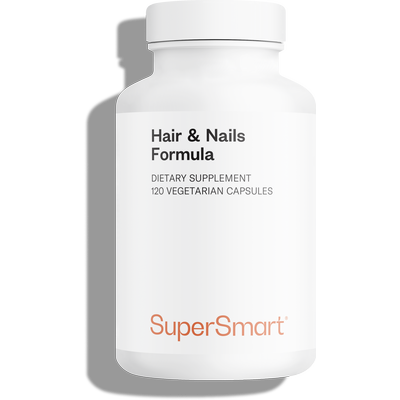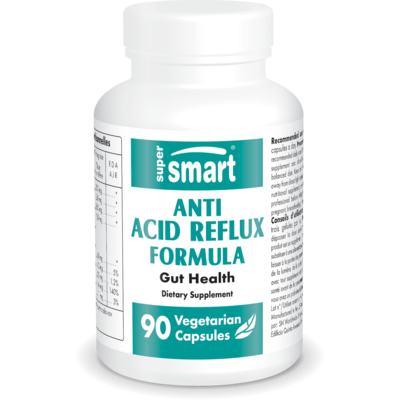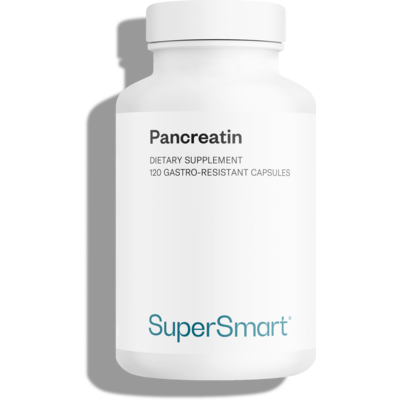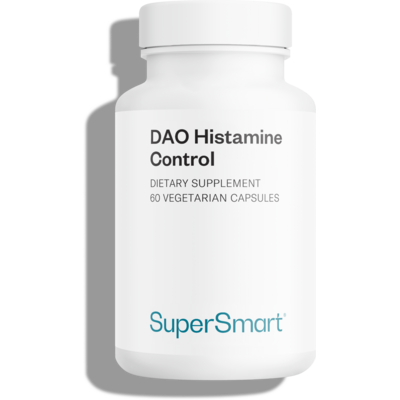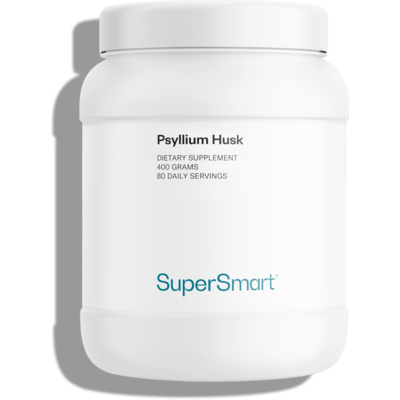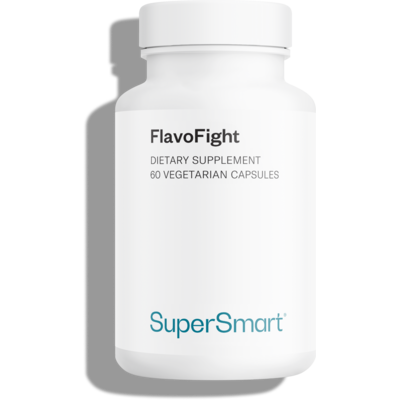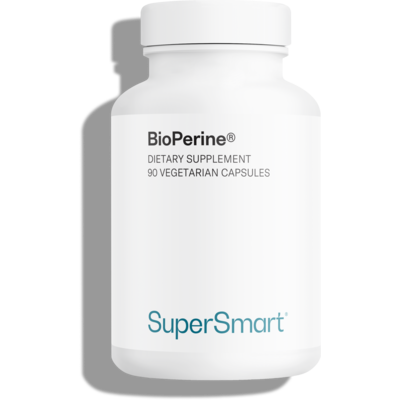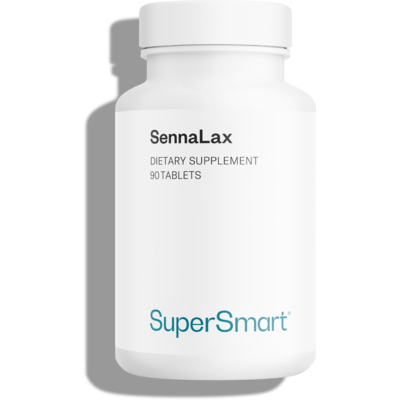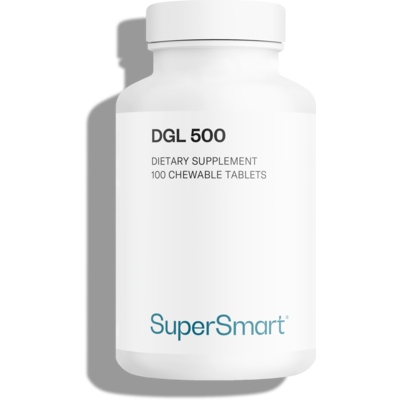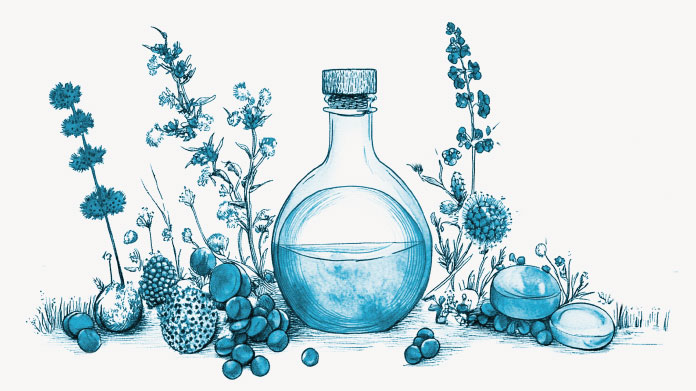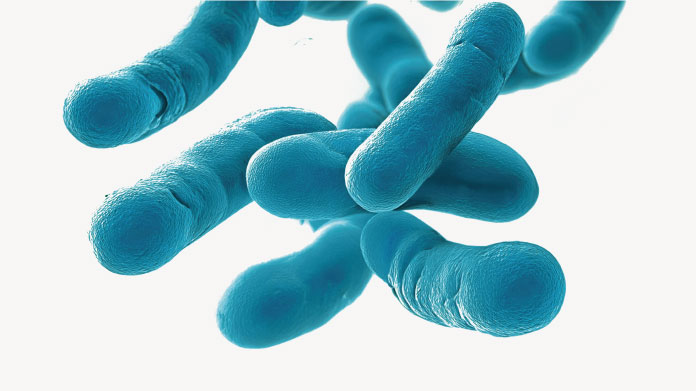In Stock
Full Spectrum Probiotic Formula
Probiotic Supplements for Gut Health and Microbiome Balance *
Create Your Offer
Our Full Spectrum Probiotic Formula supplement is a comprehensive microbiotic blend that combines 20 carefully selected strains to help support gut flora and microbiome diversity.*
With a dose of 36 billion CFU per day, this multi-strain blend is designed to help maintain digestive balance, microbial variety, and overall well-being.*
Full Spectrum Probiotic Formula is part of our Gastrointestinal Health category of supplements.
Potential Benefits of Full Spectrum Probiotic Formula*
This broad-spectrum approach should deliver a large range of beneficial microorganisms, which may offer a holistic way to support gut ecology.*
Each capsule brings together 20 complementary strains of Lactobacillus, Bifidobacterium, and other probiotics that may work synergistically to help maintain digestive function, immune response, and microbiome resilience.*
Choosing a multi-strain over a single-strain probiotic may possibly offer broader compatibility with the body’s microbial ecosystem.* A full-spectrum approach such as this one is formulated in an attempt to help support a more diverse and resilient gut environment, which could play a role in overall wellness.*
What is in Full Spectrum Probiotic Formula?*
This supplement features a balanced ratio of 20 research-backed probiotic strains, each selected for their potential contributions to gut harmony and microbiome diversity:*
- Bifidobacterium animalis lactis (11.16*109 CFU) is a species of bifidobacteria originally identified in 1997 that may be found in dairy-based sources.*
- Lactobacillus rhamnosus (10.08*109 CFU) is a supposedly widely researched lactic acid bacteria and probiotic that may help maintain balance within the gut microbiota and help sustain immune response and skin.*
- Lactobacillus plantarum (4.32*109 CFU) is a lactobacillus that might be commonly present in fermented foods such as sauerkraut and in the human digestive tract.* Possibly appreciated for its presumed hydrating, inflammatory response, and neuroprotective properties, it may also be recognized for its potential versatility in microbiota support.*
- Bifidobacterium breve (3.24*109 CFU) is an elongated bacillus in the form of a small chain which may be known for its adaptability in the intestinal environment and lower intestinal pH.*
- Lactobacillus paracasei (1.8*109 CFU) is a lactic bacteria that seems to often be used in the fermentation of dairy products and studied for its potential probiotic properties.*
- Lactobacillus casei (0.72*109 CFU) is a rod-shaped bacteria that appears to be found in fermented dairy products such as milk and cheese.* It may help support immunity, mood, skin, digestive well-being, and overall vitality.*
- Bifidobacterium bifidum (0.36*109 CFU) is a bifidobacteria strain which could naturally be found in the human gut and be used as a probiotic.* It may also be studied for its potential role in microbiota diversity and immunity.*
- Bifidobacterium longum infantis (0.36*109 CFU) is a Y-shaped lactic acid bacteria that may be found in the human gut and used as a probiotic with a possible role in digestive balance and microbiome modulation.*
- Bifidobacterium longum longum (0.36*109 CFU) is a lactic ferment that may be associated with maintaining a balanced microbiota and an already healthy gut environment.*
- Lactobacillus acidophilus (0.36*109 CFU) is a microorganism which seems to be found in fermented foods such as milk or miso.* It might often be linked to supporting nutrient absorption such as vitamin K and skin appearance.*
- Lactobacillus delbrueckii bulgaricus (0.36*109 CFU) is a lactic acid-producing bacteria which appears to be commonly involved in dairy fermentation.* It may help with converting glucose into lactate.*
- Lactobacillus fermentum (0.36*109 CFU) is part of the Lactobacillaceae family that may naturally produce lactic acid in the body.*
- Lactobacillus gasseri (0.36*109 CFU) is a naturally occurring microorganism that could be present in breast milk as well as in oral and digestive flora.* It appears to be studied for its potential role in weight management, gut support, and immunity.*
- Lactobacillus crispatus (0.36*109 CFU) may typically be found in the vaginal microbiota, and might be noted for contributing to microbial diversity.*
- Lactobacillus reuteri (0.36*109 CFU) is a lactic bacteria that may be identified in certain foods such as sourdough starter, cheese, or sausage and which could figure among the first strains to colonize the human gut.* It might be beneficial for digestion and lipid balance.*
- Lactobacillus salivarius (0.36*109 CFU) is a bacteria which may commonly be found in the digestive tract and potentially associated with maintaining gut flora and immune response balance.*
- Lactococcus lactis lactis (0.36*109 CFU) is a type of lactic bacteria which might be sourced from certain plant-source products such as grains and beans.*
- Streptococcus salivarius thermophilus appears to be a traditional starter culture which may be frequently used in yogurt and dairy fermentations.*
- Lactobacillus helveticus (0.18*109 CFU) is a rod-shaped bacteria that might be recognized for its possible strong adhesion to intestinal cells and potential microbiota and immune response modulation.*
- Pediococcus acidilactici (0.18*109 CFU) is a probiotic strain that could commonly be found in fermented vegetables, dairy products, and meat.* It seems to be used as a probiotic and valued for its potential resilience and broad digestive compatibility.*
WARNINGS
Do not exceed the recommended daily dose. This product is a nutritional supplement and should not be used as a substitute for a varied and balanced diet or a healthy lifestyle.
STORAGE
Store in a cool, dry place away from direct sunlight, heat, and humidity. Keep out of reach of children.
PREGNANCY AND MEDICAL CONDITIONS
If you are pregnant, breastfeeding, or have any medical conditions, consult your healthcare provider before using this product.
SUPPLEMENT INTERACTIONS
Consult your healthcare provider before use, especially if you are taking any medications or other supplements as there may be potential interactions.
september 21 2025
This is a very complete probiotic formula that is unavailable elsewhere.
april 14 2025
It's a big help in my overall wellness regime.
march 28 2025
Great product! Tried other probiotics over the past three years, and this is the best!
october 18 2024
There are many strains and all are important to our "gut/health". I have purchased it twice and was sad that is was not available recently.
august 5 2024
I ordered this because it had 20 different strains which I believe makes a very good probiotic. I am into my 2nd purchase and will probably re-order again. It is costly, but necessary for good gut health.
Need Help?
Phone Number
+1 (786) 522-3907
From 9 am to 6 pm (EST)
Email Address
You May Also Like

